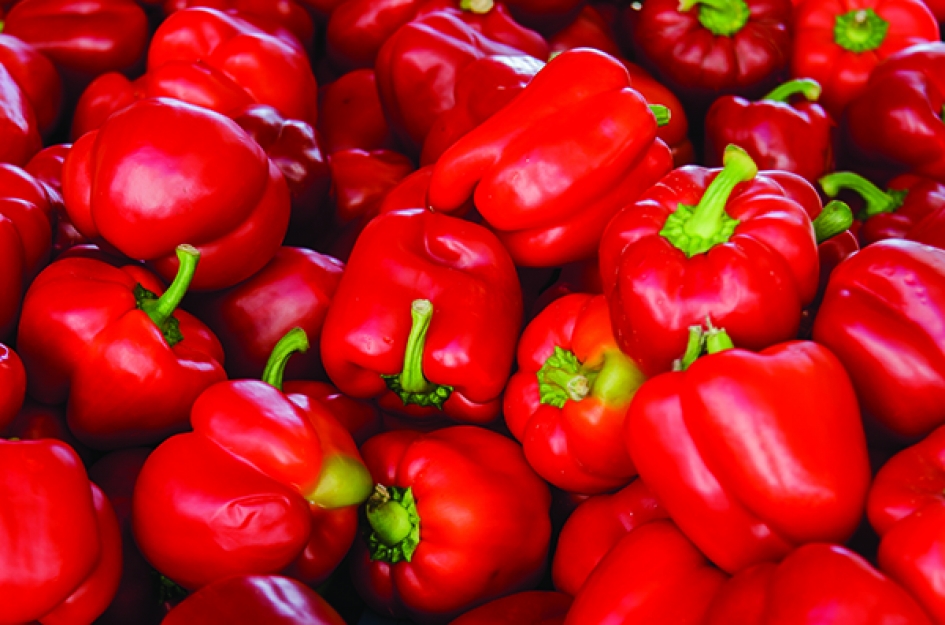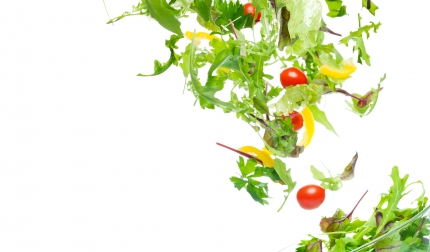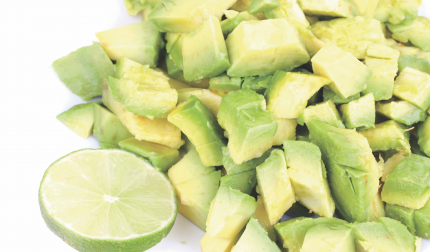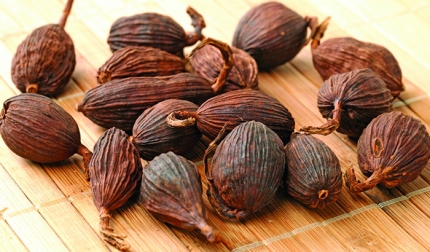Whether you have to hit a fastball, stop a slapshot, or pass another car going 200 miles per hour, every athletic endeavor requires the best vision possible to optimize performance. Pristine eye health—including better depth perception and peripheral vision, reduced eye strain and fatigue, and shaper night vision—can provide the edge that makes the difference between winning and losing.
The right diet can help protect your eyes by maintaining overall eye health and fending off vision problems, including some that commonly creep up in young adults. Here are five foods you should be eating often to help preserve one of your most important athletic assets.

Greens
When University of Georgia researchers compiled the results of multiple studies on visual performance, they found that the antioxidants lutein and zeaxanthin, found in green vegetables, were stand-outs for enhancing eye health and preventing age-related eye diseases. The two natural compounds, which protect the retina and lens, have been shown to increase visual range, lessen discomfort from glare, enhance visual contrast (for example, following a white ball against a blue sky or green grass), and reduce the time it takes the eyes to recover from the stress of bright lights.
Eat more:
There are plenty of green options when it comes to rich sources of lutein and zeaxanthin. Kale and spinach can be juiced or whipped into a fruit smoothie. Collard and turnip greens can be sautéed with olive oil and sweet onions or bell pepper to cut their bitterness. Romaine lettuce, broccoli, and green beans are also great options.

Lentils and Beans
Scientists at the Laboratory for Nutrition and Vision Research concluded that regularly consuming a “slow carb” diet, meaning foods with a low-glycemic-index (GI), a measure of how quickly blood sugar and insulin levels are raised, offered major protection. Based on data from over 4,000 men and women, low GI foods protect the macula specifically, a 3-millimeter-wide yellow spot near the center of the retina, responsible for the central field of vision. A ranking of under 55 out of a max of 100 on the glycemic index is considered “low.” Beans and lentils clock in in the 20s or low 30s, making them “slow carb” sources that are also chock full of bonus fiber, protein, vitamins, and minerals, with antioxidant levels that rival berries.
Eat more:
Dress chickpeas in herb-infused olive oil and roast them on a baking sheet, or enjoy them pureed in hummus, along with antioxidant-rich add-ins like fresh basil or cilantro. You can also use generous scoops of lentils and beans as beds for grilled or baked seafood.

Green Tea
A recent study in the Journal of Agricultural and Food Chemistry confirmed that the catechins, healthful compounds found in green tea, penetrate into the eyes to protect the lens and retina.
Eat more:
In addition to sipping green tea hot or iced, add it to your cooking. Try using brewed tea to steam brown or wild rice and vegetables, or season it with garlic and ginger, to use as a base for soup broths and marinades. Loose tea leaves can also be added to dried herbs like basil, oregano, and parsley as a rub. 
Oysters
Dry eyes can cause stinging, burning, or itching, as well as increased sensitivity to light, eye fatigue, and blurred vision. In a recent controlled trial, over 250 people with this condition were randomly assigned to receive either 500 mg of omega-3 fatty acids twice daily, or a placebo. Roughly 50 percent more of those who received the real deal experienced a significant improvement in symptoms. This was likely due to the healthy fats’ ability to reduce inflammation, which better allows tear film to coat the eye. Six medium oysters pack about 750 mg of omega-3.
Eat more:
In addition to enjoying them on the half shell, oysters can be incorporated into ceviche, sushi, omelets, soups and stews, and added to a gingery, vegetable-filled stir-fry.

Red bell peppers
Cataracts, a clouding of the eye's lens, is the most common cause of vision loss in people over 40, and the leading cause of blindness worldwide. In a recent Spanish study, scientists looked at cataract prevalence and blood vitamin C. They found that higher vitamin C levels were associated with a significant decrease in cataracts and cataract surgery. One of the top sources of the vitamin is red bell pepper. One cup of peppers packs 190 mg, over twice the amount in a medium orange.
Eat more:
Heat destroys some vitamin C, so for the best bang for your bite, eat this veggie raw. Use red bell pepper strips to scoop up hummus, guacamole, or nut butter.
Cynthia Sass, author of S.A.S.S.! Yourself Slim; Conquer Cravings, Drop Pounds, and Lose Inches, is a nutritionist, Board Certified as a Specialist in Sports Dietetics. She is the nutrition consultant to the New York Rangers and Tampa Bay Rays and works with professional athletes in numerous sports. She can be reached via cynthiasass.com.





